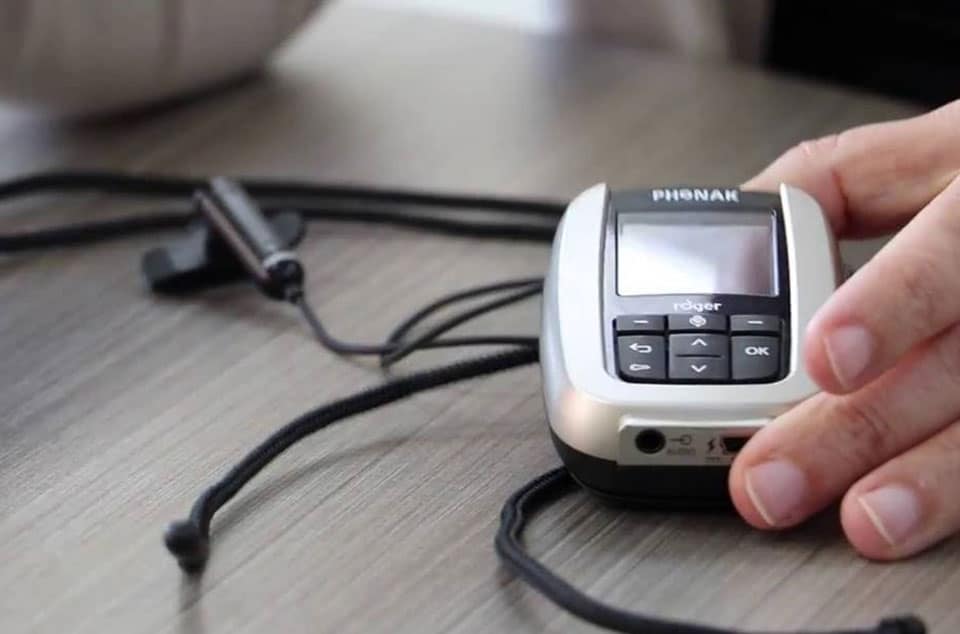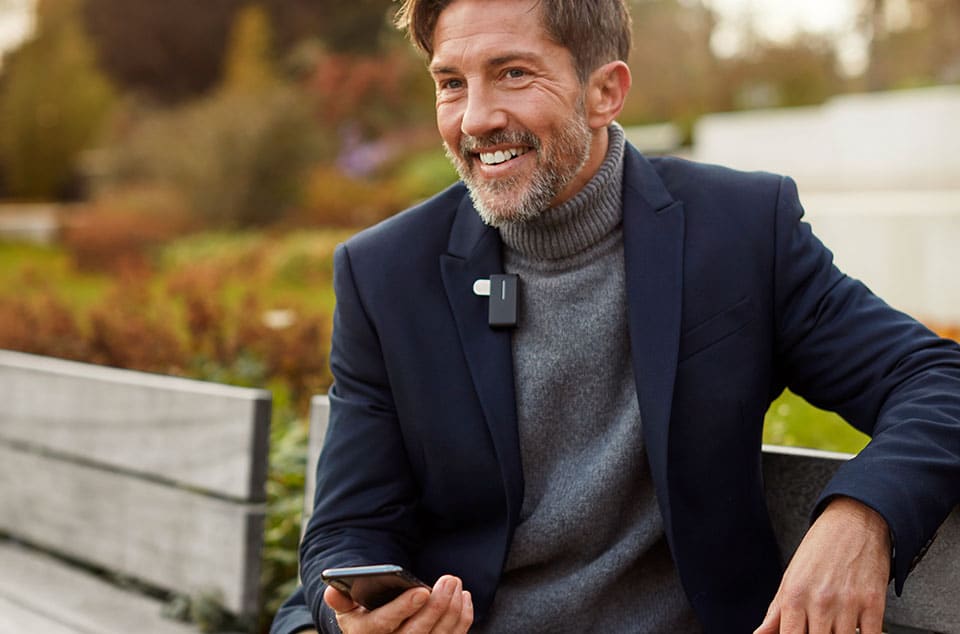One thing that can guarantee better hearing particularly in background noise can be a good assistive device to accompany your hearing aids.
Below we will discuss the most common types and the ones that deliver the best sound experience.
This is a good question and is generally asked by people who have invested a lot of money into their hearing aids. What people don’t realise (professionals included) is that once hearing aids get beyond around 6 feet they lose their ability to perform dramatically. Within 6 ft all the functions of a hearing aid to help you hear in background noise are great but beyond that the drop off rate of how effective your hearing aids are is pretty large.
Below we will discuss the most common types and the ones that deliver the best sound experience.
Why an assistive device when I have good hearing aids?
This is a good question and is generally asked by people who have invested a lot of money into their hearing aids. What people don’t realise (professionals included) is that once hearing aids get beyond around 6 feet they lose their ability to perform dramatically. Within 6 ft all the functions of a hearing aid to help you hear in background noise are great but beyond that the drop off rate of how effective your hearing aids are is pretty large.

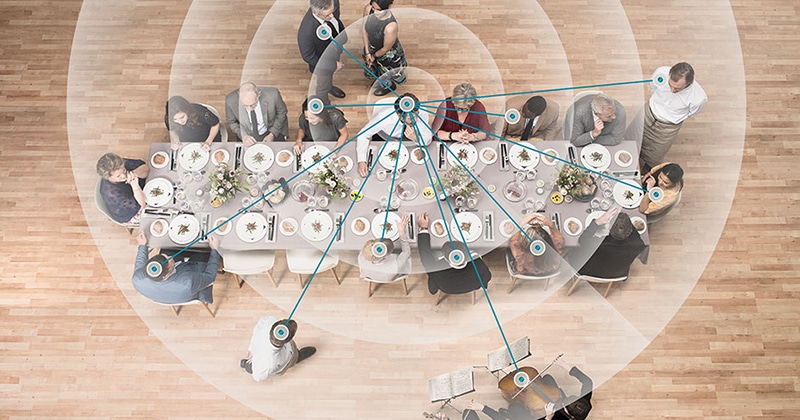
Also, if you regularly find yourselves is big rooms that echo or situations with extreme background noise relying on your hearing aids to help sort out all the problems can be unrealistic. Hearing aids will try their best to filter out the noise and improve what they call the signal to noise ratio.
If the signal you are trying to hear is better than the Noise that is coming through with it then you should hear, but if that noise is just too strong for the signal then you are going to find great difficulty even with hearing aids.
You may even be like me someone who finds themselves communicating over 6 feet away in big echo reverberate rooms that have lots of noise! Now that's a challenge.
If the signal you are trying to hear is better than the Noise that is coming through with it then you should hear, but if that noise is just too strong for the signal then you are going to find great difficulty even with hearing aids.
You may even be like me someone who finds themselves communicating over 6 feet away in big echo reverberate rooms that have lots of noise! Now that's a challenge.
So how does an assistive device help this?
Most people when they can’t hear automatically focus on getting new hearing aids. Now new hearing aids might help and probably will, but a good assistive device will go a very long way to improving hearing especially int those background noise situations.The best way to think about an assistive device is like this. Imagine being in a room and someone is talking to you 12 feet away and its noisy. You are wearing your hearing aids but all you can see is a mouth moving and all you can hear is a mumble. An assistive device like a remote microphone allows you to close that distance to zero and reduce all that noise. We basically take a microphone put it on the person speaking then send the voice wirelessly to the hearing aids. Its like putting your ear right up to the persons mouth without you moving at all!! Not only that it will filter out unwanted background noise.

Types of hearing aid assistive devices
The most common devices are
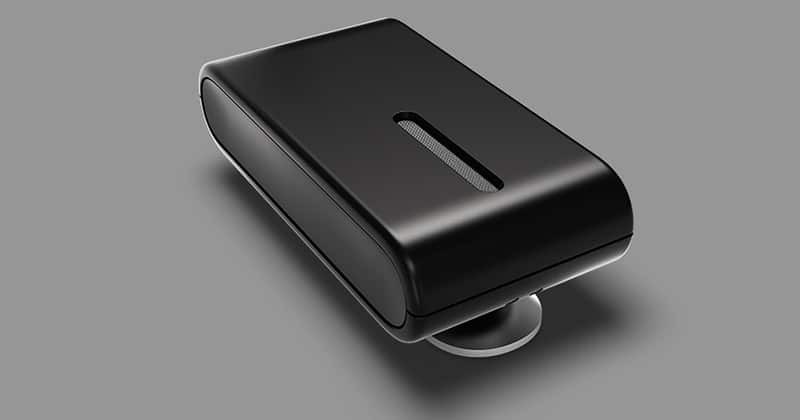
Remote Microphone

TV Streamer
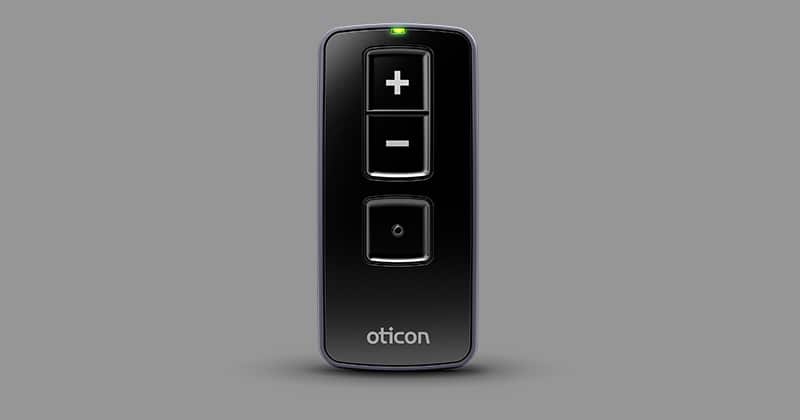
Remote Control
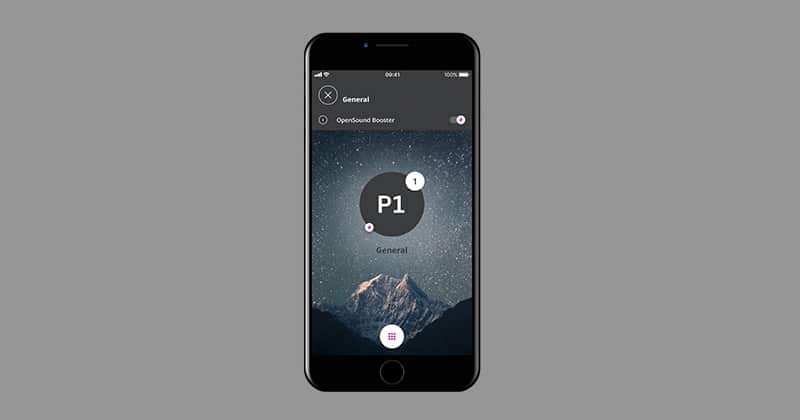
Phone Streamer
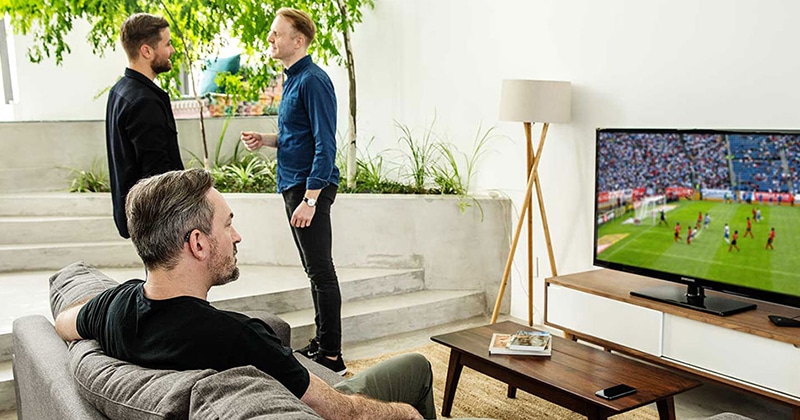
Assistive devices for the TV
Many people with hearing loss struggle to hear the TV clearly. Even though they wear hearing aids the TV is still a real problem for them because most people sit more than 6 feet away. Remember a hearing aid drastically drops performance after 6 feet.A TV streamer effectively connect your TV direct to your hearing aids. It will stream the TV wirelessly to your hearing aids allowing you to hear crystal clear sound. It will also let you have an independent volume from a loved one.
Assistive devices for the Phone
Many people with hearing loss struggle on the phone. Even though someone wears hearing aids sometimes they still find it difficult to hear the phone.Most hearing aids now have some direct streaming capability to a phone or at the very least they use an intermediary device to join the phone to your hearing aids
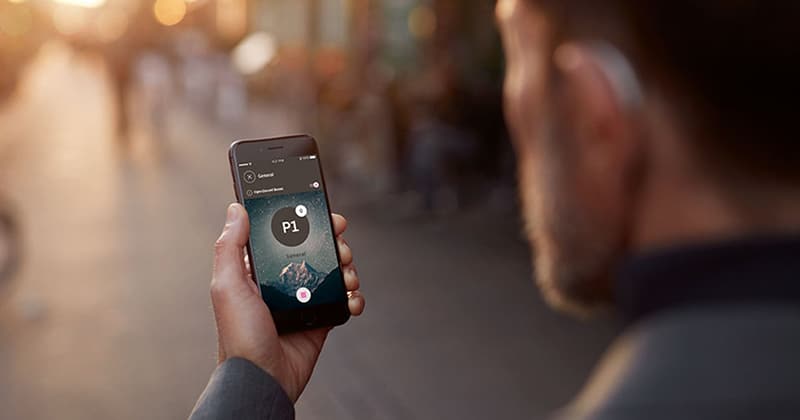
Manufacturers & their assistive devices
Most manufacturers have their own assistive devices which are either locked to their own hearing instruments or in the case of Phonak hearing systems outstanding roger system can be used across different manufacturers.


